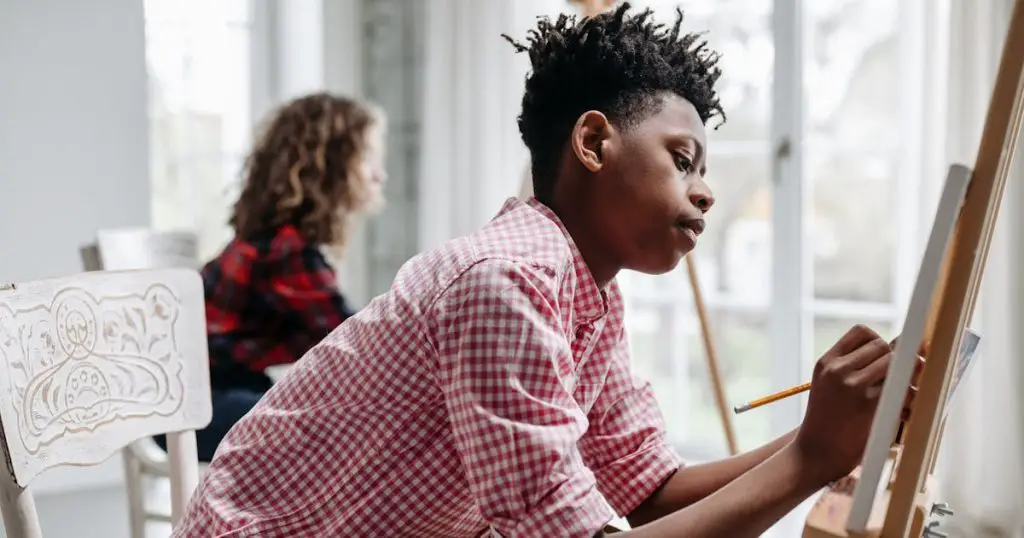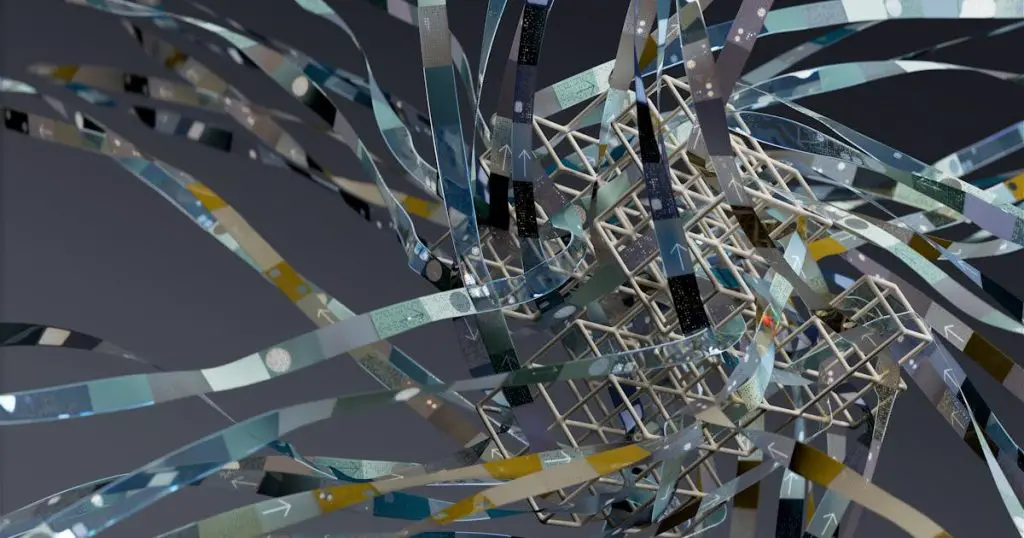Key Takeaway: AI visual art transforms creation processes and market dynamics. Tools like DALL-E and MidJourney enable rapid, intricate artwork production, democratizing art but raising concerns about originality and artist job displacement. Market acceptance varies; some value the novelty and tech aspect, while others prefer human creativity. The debate continues as AI art gains popularity.
AI visual art has the potential to transform the visual arts sector by producing artworks that are beyond human capability. AI Visual Art can be used in many ways, from creating original artwork to enhancing existing pieces.

The possibilities seem endless, as AI algorithms can generate endless variations of an image or painting, allowing artists to explore different ideas without starting from scratch each time.
AI-generated artworks may present fresh opportunities for visual artists as they become more sought after by collectors and buyers. However, it remains to be seen whether AI can help traditional artists create more complex and exciting works.
Don't miss out our YouTube videos! Subscribe to our channel and stay updated. Thank you! ☺️
Challenges Faced by Traditional Artists
Despite its potential benefits, there are some challenges associated with introducing artificial intelligence into the world of visual arts. One significant issue is copyright protection.
Since the recent U.S. Copyright Office decision regarding authorship in AI-generated artworks, it is currently not possible for creators to prove ownership over their work and protect it from being copied or reproduced without permission.
Another challenge is human authorship; while some argue that artificial intelligence should not be credited as an artist due to its lack of creativity and emotion, others believe that machines should receive recognition for their contributions just like any other artist would.
Embracing AI in Artistic Communities
The integration of AI into the art world presents unique opportunities for fostering collaboration and innovation within artistic communities. By embracing AI technology, artists can come together to explore new creative horizons, share knowledge, and push the boundaries of what is possible.
This communal approach not only enriches the art-making process but also helps build a supportive network where artists can experiment, grow, and inspire one another.
Ethical Considerations in AI-Generated Art
As AI becomes more prevalent in the creation of visual art, it is crucial to address the ethical considerations that come with this technological advancement. Issues such as authorship, originality, and the potential for AI to replicate an artist’s unique style must be carefully navigated.

Ensuring that AI-generated art respects the integrity of human creators and acknowledges the collaborative nature of this new medium will be key to fostering a responsible and respectful approach to innovation in the arts.
FAQs in Relation to How AI Visual Art Will Impact the Future of Visual Artists
How does AI art impact artists?
AI has revolutionized art by introducing complexity and randomness, enabling artists to explore new creative possibilities. It produces unique, unpredictable artwork through algorithms, fostering experimentation and collaboration across genres and creating unprecedented artistic opportunities.
Can AI-generated art be sold?
AI-generated art is gaining popularity due to its unique and unpredictable aesthetic. Artists and companies use AI to create exclusive pieces for galleries, exhibitions, private collections, and online sales. The potential for AI in art is limitless.
What will AI art creation look like in the future?
AI has the potential to revolutionize art by generating complex, random creative ideas and automating tasks like color selection and composition. It can provide valuable feedback to artists and inspire new, unpredictable outcomes.
Conclusion: The Impact of AI Visual Art on Artists
AI visual art is an exciting new frontier for visual artists. With the help of AI technology, they can create unique works that are saleable. By exploring the various platforms available to create and sell AI art, artists can take advantage of this emerging field and make their mark on the future of art.
While it is uncertain what ramifications AI will have on visual art in the future, its potential to transform our perception of artwork could be revolutionary. If you are a visual artist curious about how AI technology might affect your craft, feel free to reach out to us.



Leave a Comment
You must be logged in to post a comment.